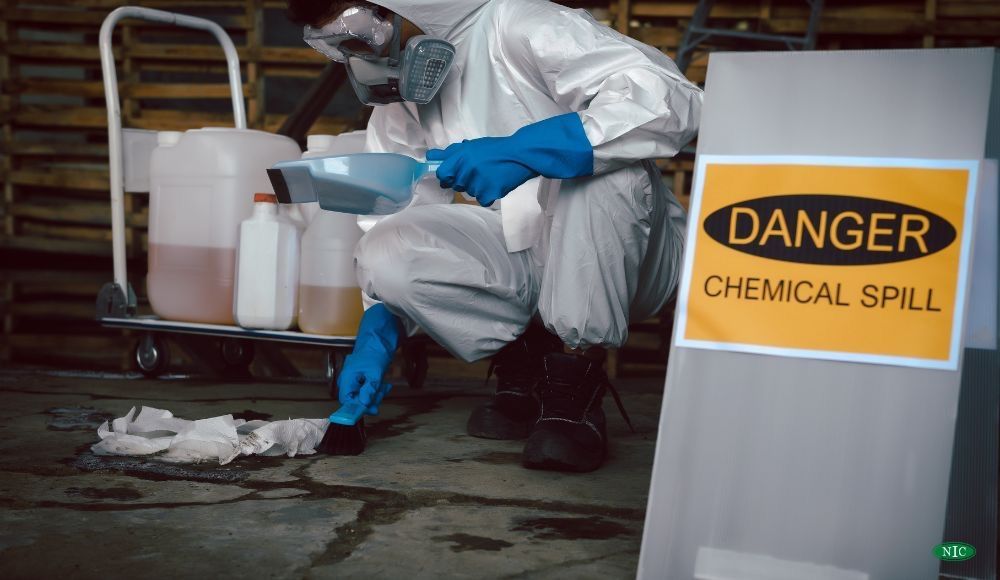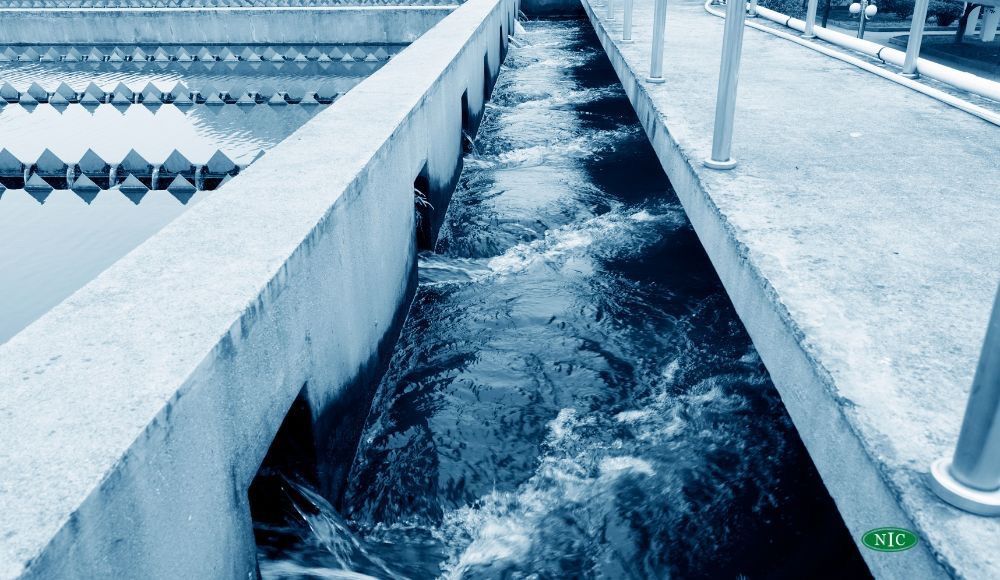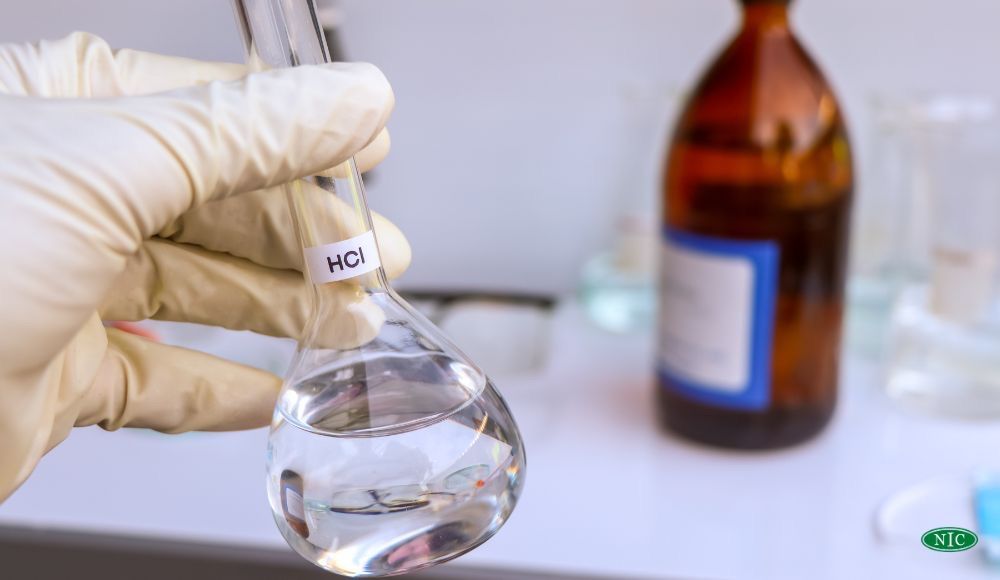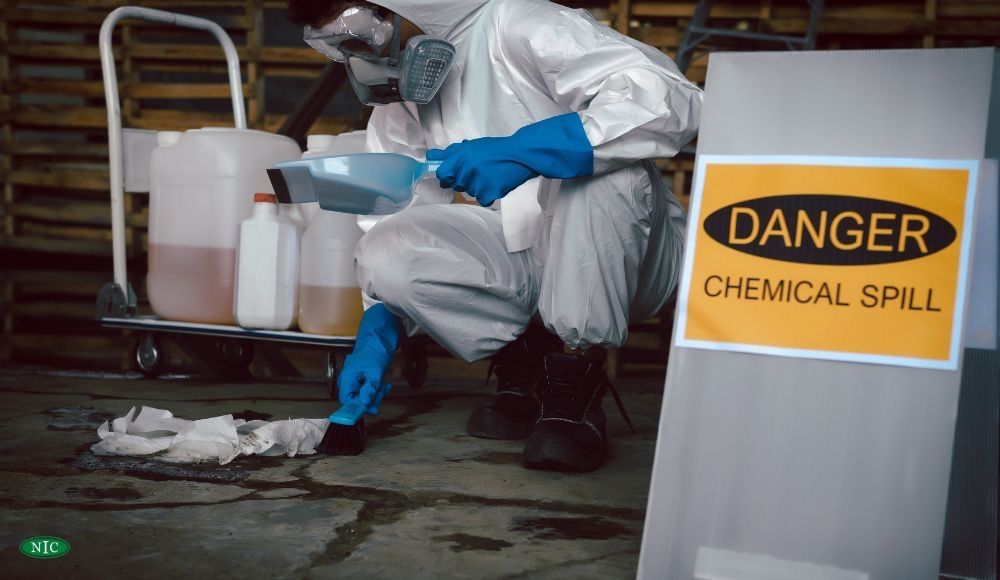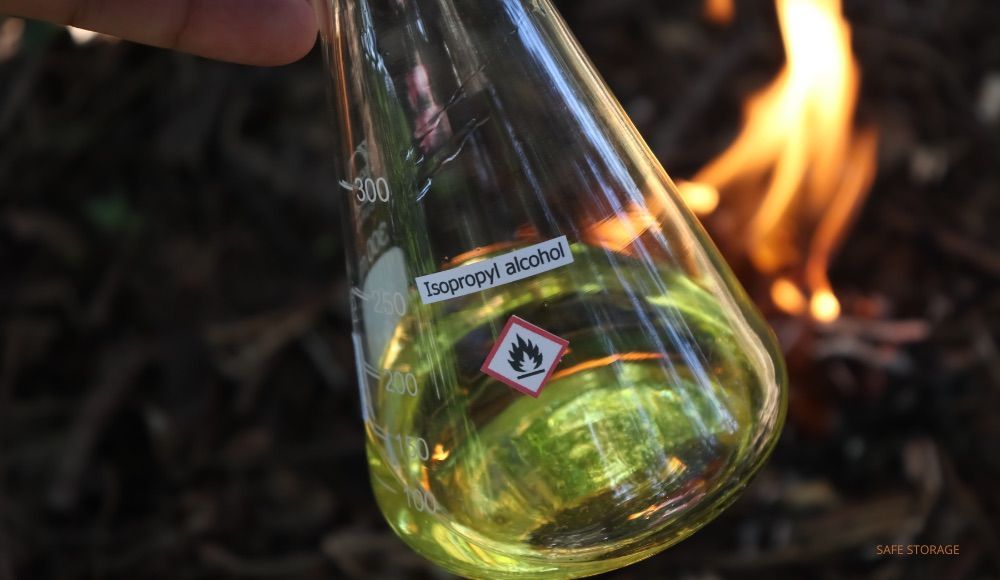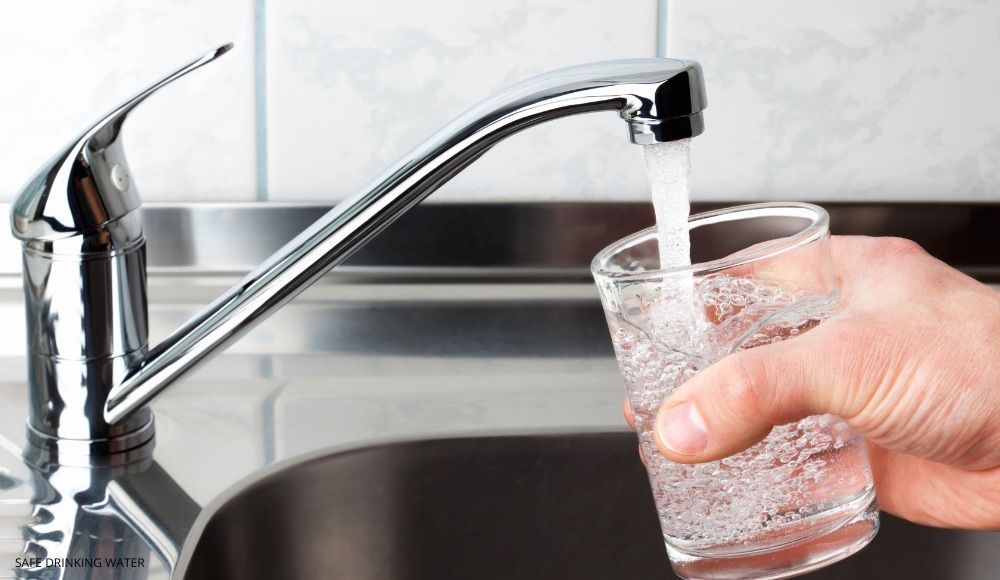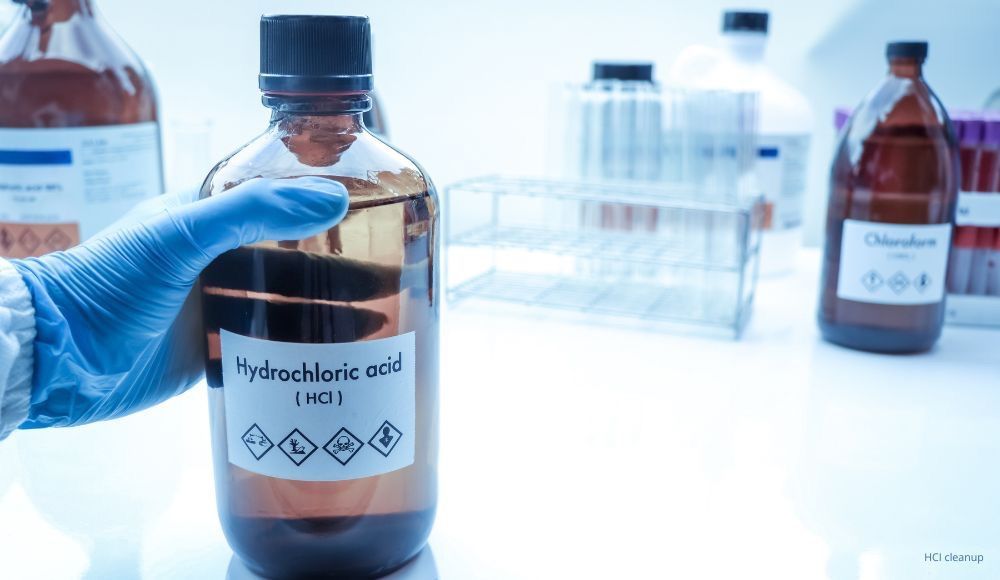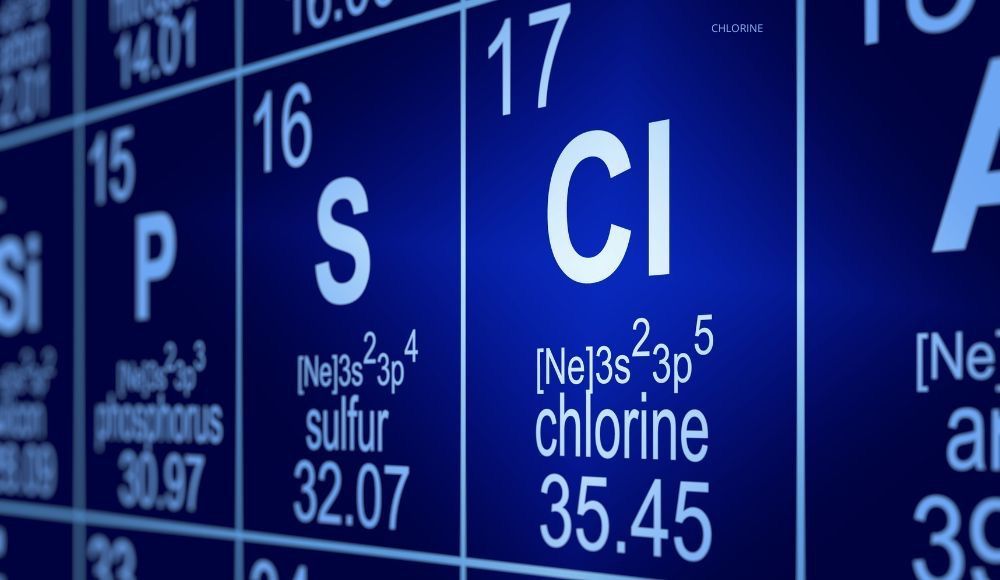Neutralizing Sulfuric Acid: Effective Methods Explained
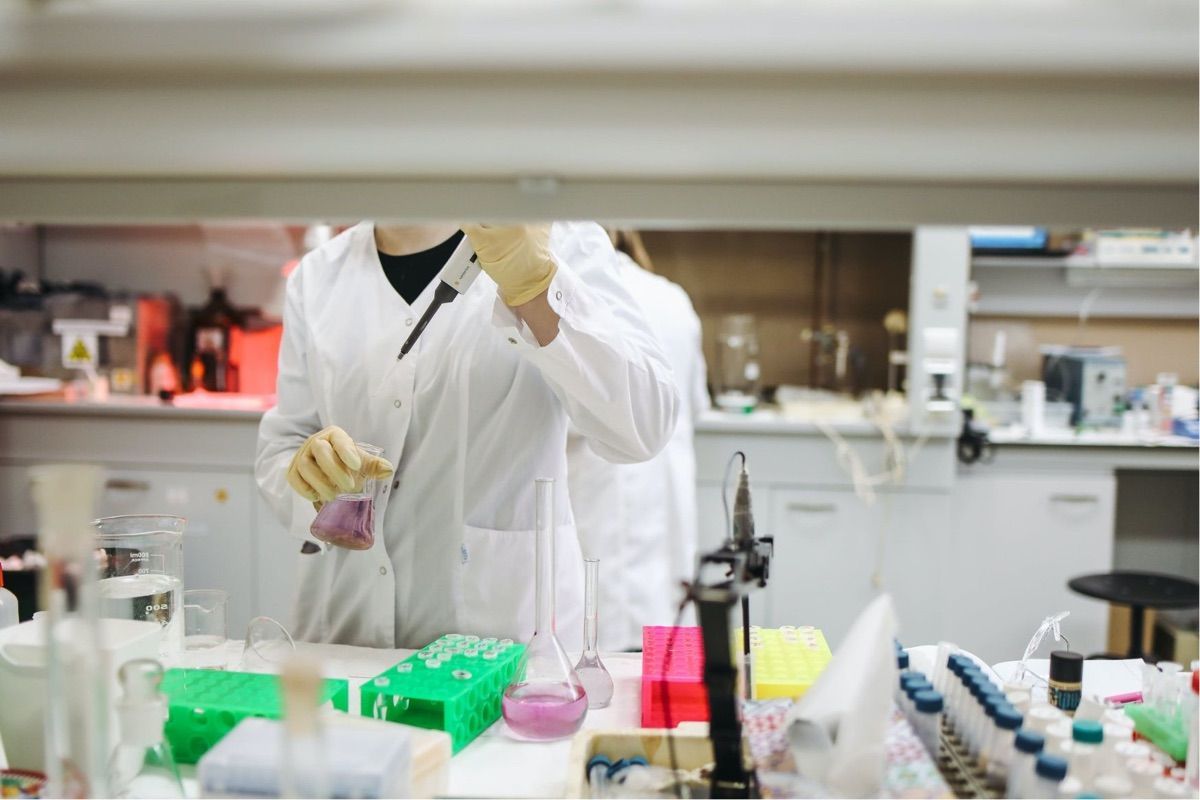
Sulfuric acid is a common chemical used in a wide variety of manufacturing processes, but it’s also highly dangerous to workers. Corrosive by nature, it can have profoundly adverse health effects on exposed persons, resulting in damage to the lungs, teeth, eyes, and skin.
Ensuring correct storage and handling of sulfuric acid is key to keeping employees safe. Still, the widespread use of the chemical means that there’s always a risk of exposure. Knowing how to neutralize sulfuric acid and how to treat incidents is key to minimizing the risk of long-term damage.
In this post, we’ll outline some effective methods for neutralizing sulfuric acid, as well as provide other information on how to handle and store the chemical.
Understanding Sulfuric Acid
Sulfuric acid in its pure form is highly corrosive and dangerous. In some cases, high purity — 95% or higher — is necessary, but that level of purity isn’t always required. You can dilute sulfuric acid to lower the intensity and minimize the risk of damage by using a base. Baking soda and lime are two common bases used to counteract the corrosiveness.
The key to neutralizing sulfuric acid is to mix it with a product that has a basic nature on the pH scale. Calcium hydroxide and calcium carbonate are both effective, as is water, which has a pH rating of seven.
Diluted sulfuric acid is still highly dangerous and must be handled correctly.
What Neutralizes Sulfuric Acid?
Sodium carbonate, a common household product otherwise known as baking soda, is a highly effective way to neutralize sulfuric acid. To do this, it’s recommended to slowly add small amounts of baking soda to the solution. The reaction will cause the sulfuric acid to foam. Once it settles down, it’ll be possible to take a reading of the pH level — the goal for safe handling is to get it between the safe pH reading of six and nine.
Other products can be used to neutralize sulfuric acid, including ammonium hydroxide and caustic soda. However, those compounds are also dangerous on their own, and should only be used in a laboratory setting.
How to Neutralize Sulfuric Acid on Skin
As we mentioned above, sulfuric acid can be highly dangerous, especially when it comes into direct contact with the skin or eyes.
If a worker comes into contact with sulfuric acid, it’s important that prompt action is taken. Guidance from the Department of Health and Human Services recommends flushing contact areas with soap and lukewarm water for a minimum of thirty minutes. It’s important to rub the affected area and to get in contact with medical services as soon as possible.
How to Neutralize Sulfuric Acid on a Workstation
Spilling sulfuric acid on a workstation is better than having it contact with the skin, but it’s still important to act as soon as possible. The sitting sulfuric acid will pose a danger until it has been neutralized.
The process of neutralizing sulfuric acid on a workstation is relatively straightforward. You’ll need protective gear and a neutralizing compound such as sodium bicarbonate or sodium carbonate. Pour some of the product onto the affected area. You will notice that the acid begins to foam, though this won’t occur if you’re using a specially formulated neutralizing kit, which tends to come with a buffer that prevents foaming.
Once applied, you can take a pH reading. If it’s greater than six, then the sulfuric acid has been successfully neutralized. If you don’t need the acid for use later, then you can clean up the sulfuric acid and dispose of it carefully. After that, simply clean up the affected area with cleaning products.
How to Neutralize Sulfuric Acid on Clothing
Neutralizing sulfuric acid that has come into contact with an item of clothing involves a slightly different process. It also depends on whether the item of clothing can be safely removed before cleanup, or whether the individual must remain wearing the item during cleanup.
If the item of clothing can be safely removed, then do so and wash the clothing under warm running water until all of the sulfuric acid has been removed. If the clothing cannot be removed, it’s recommended to combine water and baking soda to make a neutralizing paste. This paste can then be applied to the affected area for neutralization.
It’s important to mix the neutralizing compound with water to prevent foaming, which could cause the sulfuric acid to spread and burn the individual wearing the clothing before the neutralization process has taken place.
How to Handle Sulfuric Acid
Sulfuric acid is, as we’ve explained, a highly dangerous product. However, it’s a widely used chemical that you can find in manufacturing plants across the world, as well as in many household cleaning products.
Sulfuric acid can cause serious, long-term injuries when handled incorrectly, and in some cases can even cause death. It’s important to note that while direct contact is the most dangerous, even indirect contact — such as occupational exposure — can cause harm if it occurs over a long period.
As such, it’s imperative to use personal protective equipment whenever handling sulfuric acid. In an occupational environment, workers who may be at risk of sulfuric acid exposure should have the following equipment:
● Rubber gloves
● Industrial aprons
● Safety glasses
● Face shields.
How to Store Sulfuric Acid
Sulfuric acid may also pose a threat to workers if the chemical is not stored correctly. For dangerous, corrosive chemicals such as sulfuric acid, it’s generally recommended to use storage containers made of steel, polyethylene, or fiberglass-reinforced plastic.
Conclusion
Sulfuric acid is a highly useful chemical with widespread applications, but the inherent danger of the chemical must be taken seriously. By understanding how to neutralize sulfuric acid, facilities can help to keep their workers safe.
Contact Us For All Your Chemical Needs
If you’re in need of industrial chemicals, either to use for neutralizing sulfuric acid or for any other purpose, don’t hesitate to get in touch with us here at North Industrial Chemicals. We’re proud to supply the highest quality chemicals to customers all across the United States.
